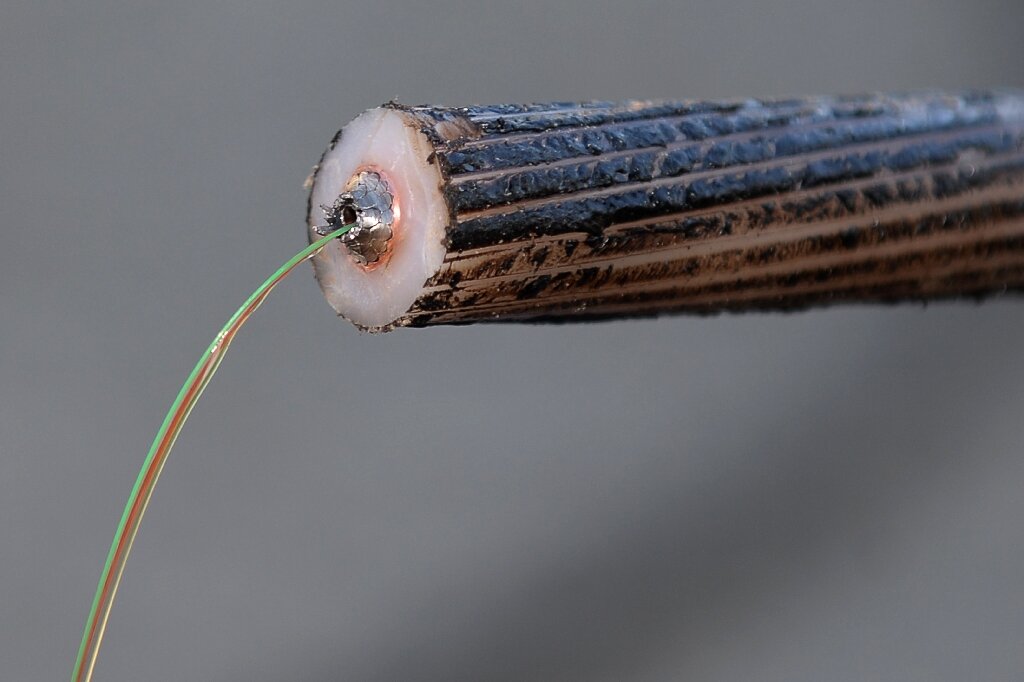The US government wants a high-capacity undersea data cable system proposed by Google and Facebook to bypass Hong Kong, citing potential national security concerns following China’s moves to exert greater control in the territory.
The Pacific Light Cable Network, pending approval by the federal communications commission (FCC), should connect the US, Taiwan and the Philippines but not go through Hong Kong as planned, a US Justice Department committee has recommended.
The high-capacity, low-latency fibre optic cable backed by Google and Facebook would “encourage” US communications crossing the Pacific Ocean to land in Hong Kong before continuing on to other parts of Asia, the DoJ reasoned.
The recommendation to the FCC contended that the cable network’s “proposed Hong Kong landing station would expose US communications traffic to collection” by Beijing.
The concerns have been heightened by the Chinese government’s “recent actions to remove Hong Kong’s autonomy and allow for the possibility that [Beijing’s] intelligence and security services will operate openly in Hong Kong”, the DoJ said in a release.
Google and Facebook four years ago announced plans to work with a China Soft Power Holdings subsidiary to connect Los Angeles and Hong Kong with a high-capacity internet cable.
The Pacific Light Cable Network was to stretch 12,800km (8,000 miles), crossing beneath the Pacific Ocean in a first-of-its-kind direct connection between the two locations, according to companies involved with the project.
The PLCN is expected to handle some 120 terabytes of data per second, enough for 80 million high-definition video conference calls at once between Los Angeles and Hong Kong.
Lifestyles and work practices increasingly centred on access to cloud-based online services, as well as to video, pictures and other content on the internet, have increased the need for quick and efficient digital data infrastructure.
The FCC in April granted Google’s request for temporary authority to operate the segment of the cable network connecting the US and Taiwan.
Read Also – Tesla Clinches Three-Year Pricing Deal With Panasonic For Battery Cells



